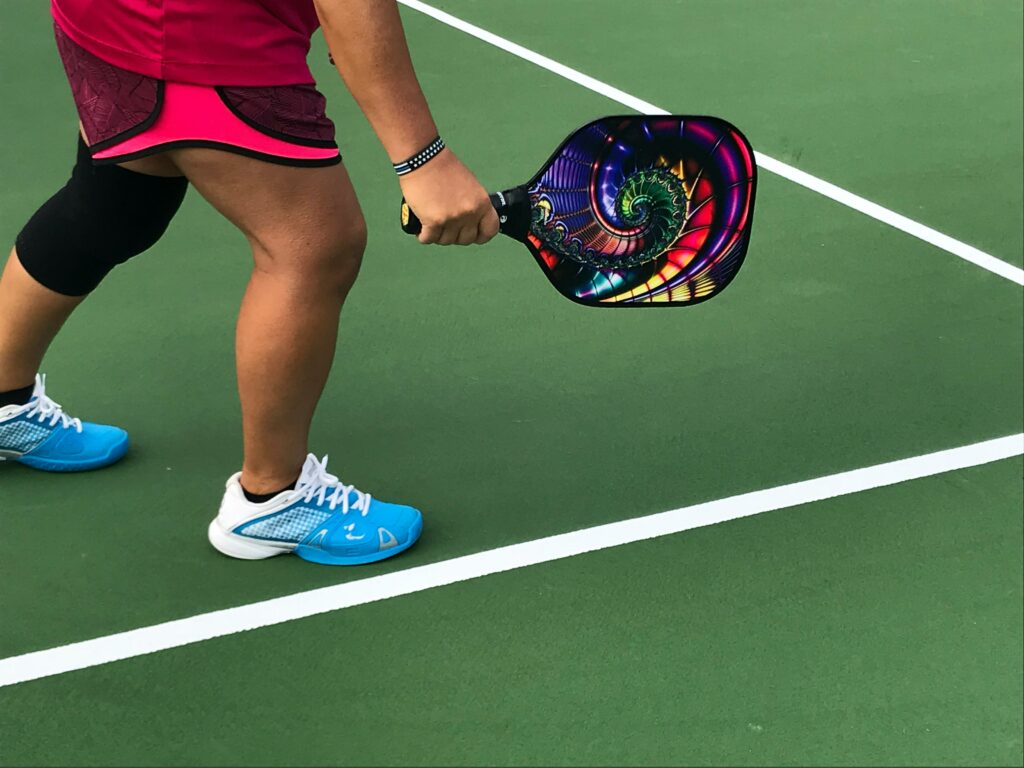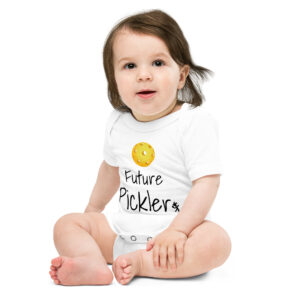The truth behind the complaints of pickleball noise
Pickleball has a bad rap for being noisy, a complaint rarely heard about tennis. Even though the sound level is only slightly louder than tennis, the perception is that pickleball noise is a larger nuisance. So why the bad reputation when the difference in volume is negligible? Here is our hypothesis on the factors leading to this perception.
Frequency of play: the courts gets used
I don’t know about you and your neighborhood, but when I drive by most tennis courts they’re empty. Every once in a while I’ll see a match but it’s rare. However, the last time I went to the park to play a round of pickleball, I had to wait 20 minutes for a court (there were eight courts, all being used). Let’s face it, pickleball is popular and attracts players of all ages. With this added demand and usage, it’s no wonder the noise is more noticeable.
Number of courts: Four times the courts equals more noise
Since you can usually fit four pickleball courts within the space of one tennis court, this means there are likely more pickleball courts. Four times the courts equals four times the players and four times the number of matches that can be played at a given time. That is a lot more noise. Not only from the balls hitting the paddle but also from all the players chatting, talking, laughing, and yelling their sounds of triumph or defeat.
Speed of play: More hits equals more noise
One of the reasons pickleball noise could feel more disturbing could be the speed of play. Since the court is much shorter, the ball is hit more frequently. In addition, since the ball is slower, players are more likely to catch a return. This means volleys last long and the ball is hit more. In fact, the ball could get hit hundreds of times during a pickleball match.
Pitch: the type of sound matters
Turns out, Pickleball hits our hearing sweet spot. The pitch or frequency of the sound wave is an important factor to the perception and sensitivity to humans. Low frequencies have a deeper sound, think bass like a drum, while higher frequencies have a sharper sound, think treble like a whistle or a soprano. We are not equally sensitive to all frequencies. Our ears pick up the mid-frequency noises better than those on the low or high-end. That means sounds in the mid-frequency will sound louder than the same decibel of a noise at a low frequency or at a high frequency.
The truth about the volume: Noise level comparison
In field studies, the recorded decibel noise for pickleball play averaged around 45 decibels with peaks sometimes 60-65 dB. Depending on the study, tennis shots averaged between 40-45 dB with peaks to 60 dB. For referencing passing cars emit about 60 decibels. However, tennis players are louder than both pickleball and tennis hits Anyone who has ever watched a tennis match should be familiar with the grunt tennis players emit when hitting the ball. That grunt sound has registered over 100 decibels. Maria Sharapova’s grunts often get past the 100 decibels and Portuguese player, Michelle Larcher do Brito, has a recorded noise level of 109 dB.






